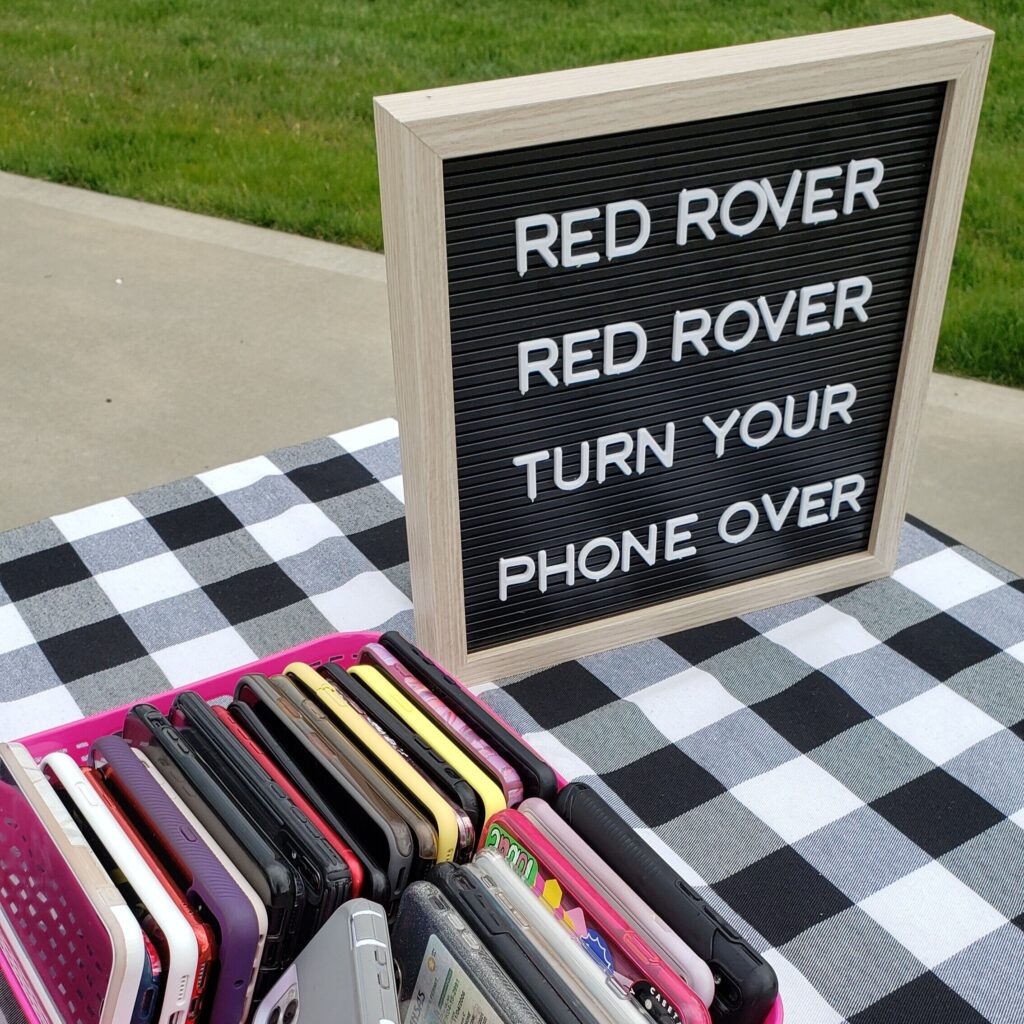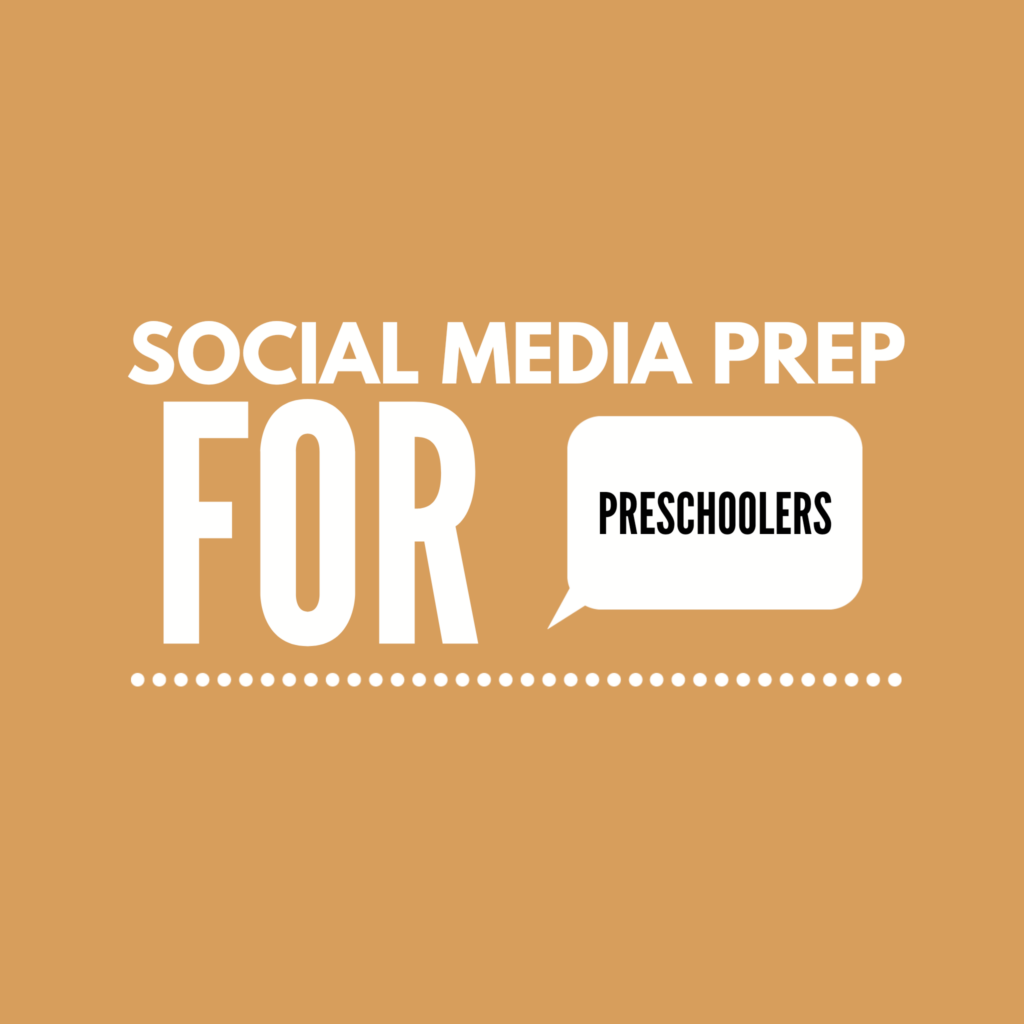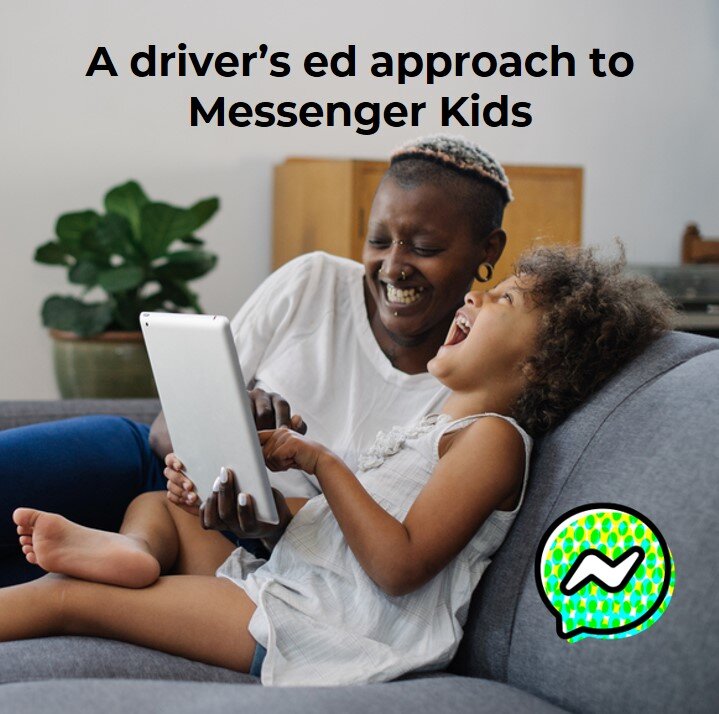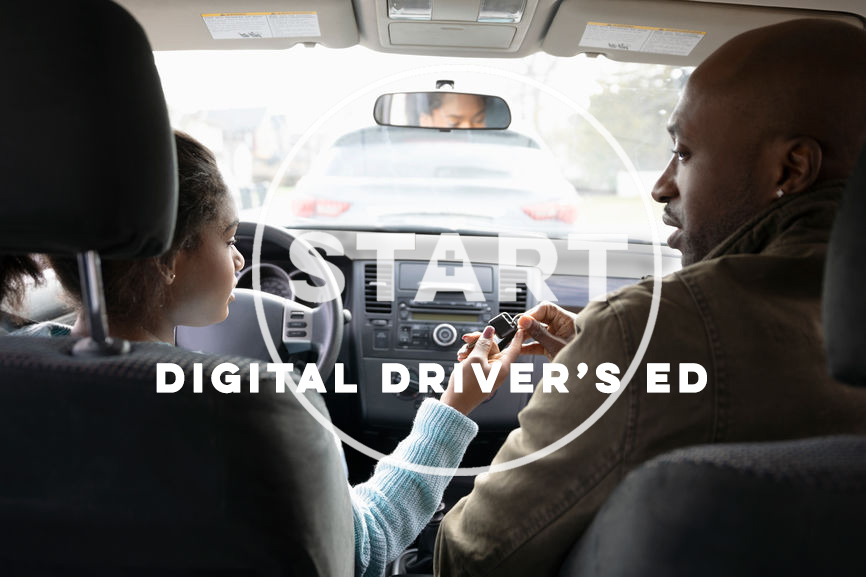In this conversation, Adam and Krista reflect on the “smartphone plunge”—that moment when your kids graduate from a limited device like a Gabb phone to a smartphone. Join us as we unpack the emotions of prepping your kids for this milestone, the process of unboxing a smartphone, and the importance of wisdom, communication, and connection with your kids along the way.
Recently, one of our Screen Sanity parents contacted us to seek advice on how to handle school-issued devices in her family’s home. With the fall season in full swing, we thought it timely to share our feedback in hopes of helping others who are sending kids back to school with more technology than ever.
When your kids know they have you by their side and can come to you no matter the situation they run into online, it creates an ongoing conversation and a safe space for them. The truth is our kids need a place to come to when they do mess up, because they will mess up.
When we establish device-free zones, we develop lifelong habits that foster our kids’ mental health. And when the whole community is on board, it is a game-changer. FOMO goes down, sleep goes up, and risky behaviors aren’t as tempting. Though there might be pushback at first, they’ll feel relieved without the pressure to always be “on.”
When Cierra Karson found her preschool daughter saying her daily affirmations in the mirror, it made her cry happy tears, because she knew that one day, this little girl would have the confidence she needs to navigate the challenges she will face in the social media world. Read along as Cierra shares why and how this young family makes this practice a part of their everyday routine.
START recently partnered with the Wall Street Journal to share thoughts about a hot app for kids: Facebook’s Messenger Kids, an introductory social media app designed for kids age 6-12. If you decide to take the plunge, it’s likely your child’s first foray into social media and it’s important to equip them for it and to be attentive to potential unexpected side effects.
When it comes to setting boundaries with new devices, it is much easier to start with strong limits and release them slowly, rather than trying to put them in place during a time of stress. But if this doesn’t sound like a magical start to your Christmas day, we gotcha covered! Here are five topics to talk about when they unwrap the phone. Feel free to print them as a contract that you and your child each initial!
At START, we want to help parents take a “driver’s ed” approach when helping kids learn to drive in the digital world. We call this process “Ride. Practice. Drive.” It’s a simple, but powerful tool you can pull out the next time your child or teen asks for a new app or smart device. Here’s how it works.








